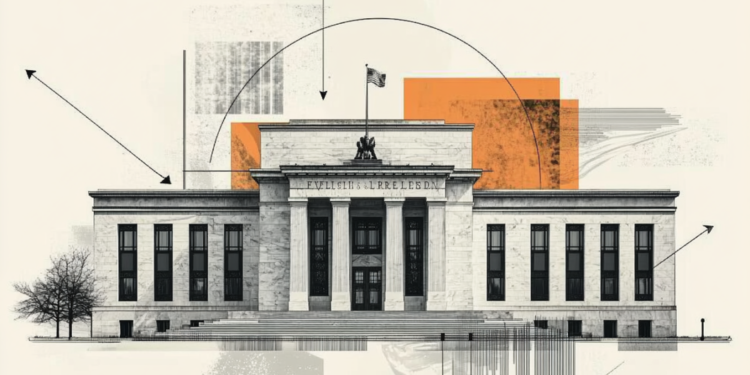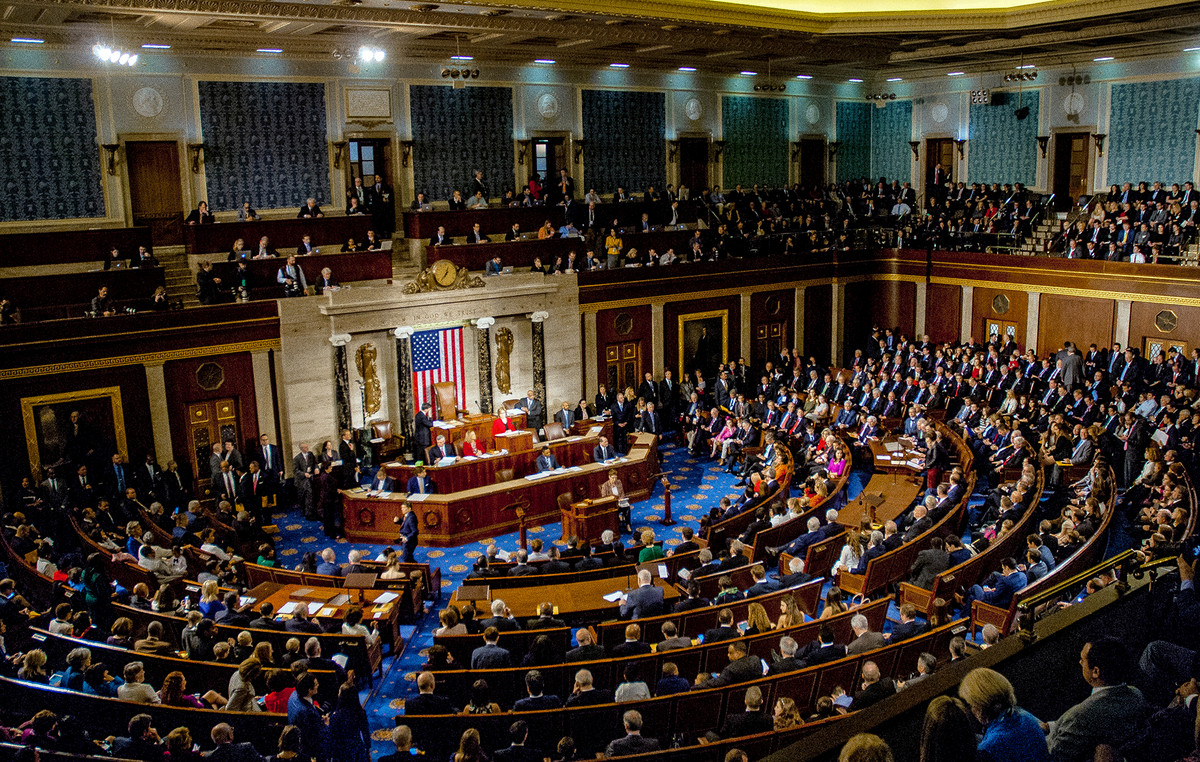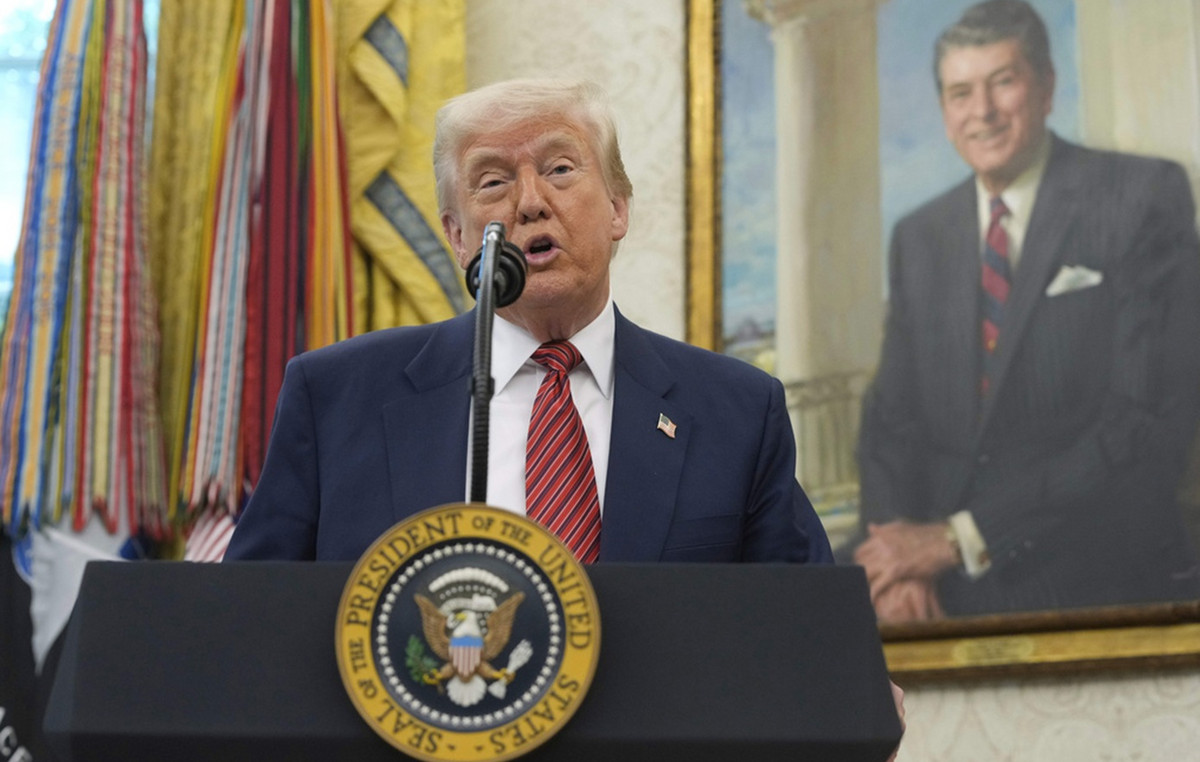Aloizio Mercadante will have control of a veritable loan machine at the head of the BNDES. Potentially, the total of new loans from the development bank could easily reach almost three times the amount of the PEC of the Burst.
In the economic world, the fear is that the bank will dump all this credit – which could reach half a trillion reais – with the return of subsidized loans. If that happens, there would be great distortion in the funding market and the Central Bank’s monetary policy would lose efficiency.
The choice of the former senator for the presidency of the bank comes at a comfortable moment for the BNDES. In recent years, the institution has reinforced its capital and has, among the large ones, the greatest room for increasing loans.
The number that shows this room to borrow is the Basel Ratio. The indicator measures the relationship between the bank’s capital and the total loans of that house.
In recent years, the BNDES reinforced the indicator, which is close to 35%. Roughly speaking, this means that for every R$100 borrowed, the BNDES used R$35 of its own. The number is much higher than that of competitors – including the public – who usually have a number below 20%.
It is this difference that gives the BNDES a great advantage. In banks and brokerages, many credit analysts say that, if the development bank wants, it would have room to practically double the credit portfolio without needing to increase the capital – just using the existing space.
Thus, the BNDES Basel index would drop to a level similar to that of competitors – and which is still above the minimum required by the BC.
The problem is not the bank lending more, say analysts. What the world of finance fears is that this truckload of money will be borrowed at subsidized interest rates.
This would generate a major distortion of the credit market – mainly the corporate one – and would not inconsiderably reduce the efficiency of the Central Bank’s monetary policy. This would happen because, with loans that do not follow the Selic rate, the Central Bank would have to raise interest rates even more to achieve the same effect throughout the economy.
The practice of below-market interest rates – which has always existed at the BNDES – began to end in 2017, under the Michel Temer government.
At that time, the TJLP, the Long-Term Interest Rate, was replaced by the new TLP, the Long-Term Rate. Thus, the BNDES exchanged the interest subsidized by the National Treasury for a new reference that follows the futures interest market.
This was the turn of the page for the bank’s great transformation in recent years. The national champions and subsidized credits left and operations with market rates entered.
Source: CNN Brasil
A journalist with over 7 years of experience in the news industry, currently working at World Stock Market as an author for the Entertainment section and also contributing to the Economics or finance section on a part-time basis. Has a passion for Entertainment and fashion topics, and has put in a lot of research and effort to provide accurate information to readers.







